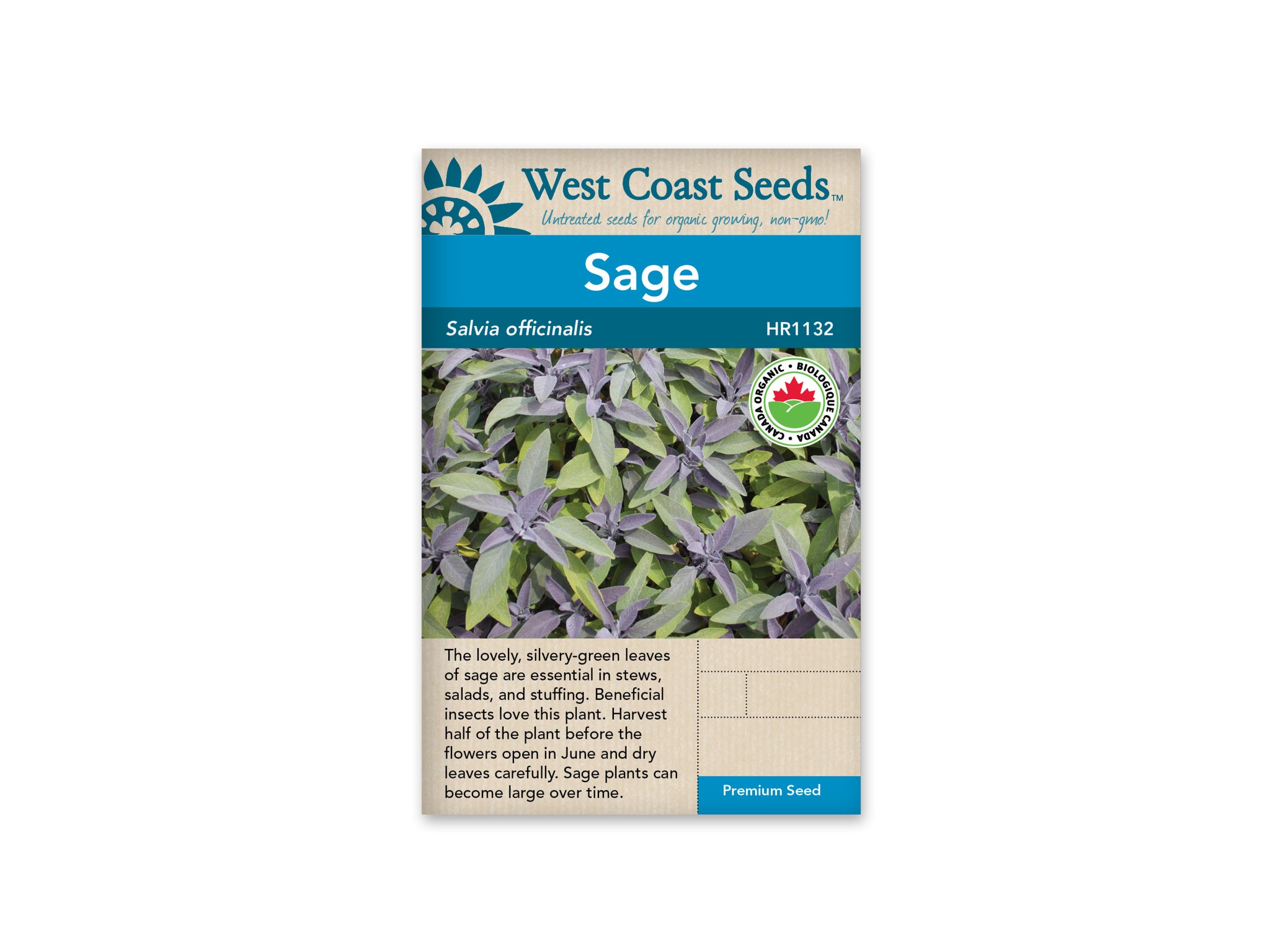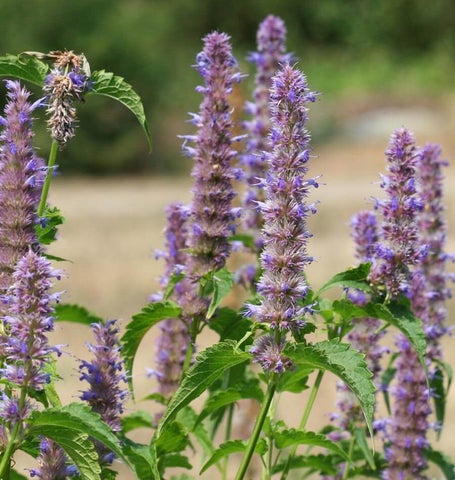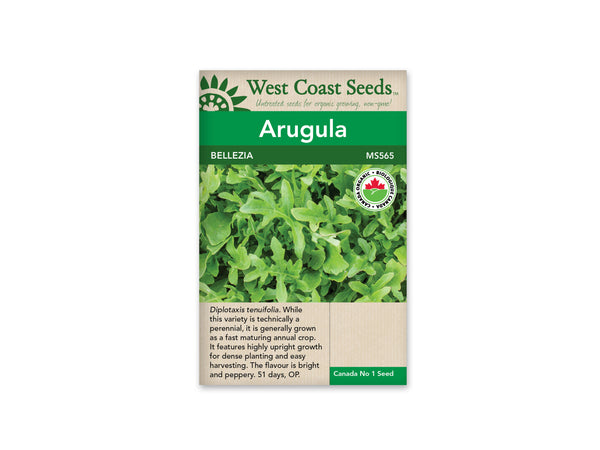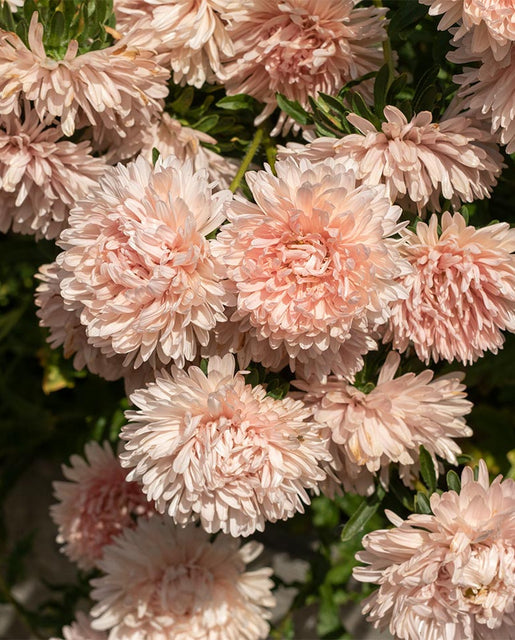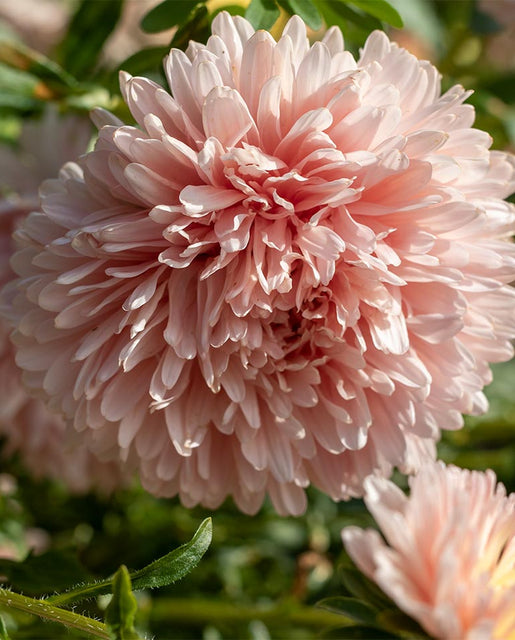Canadian Orders: Flat-Rate Shipping on Orders over $75 | Orders Over $150 Ship Free!
-
Shop
- New Arrivals
- Gardening
- Seeds
- Children + Baby
- Bath + Skin Care
- Baby Toys
- Books
- Puzzles + Games
- Loose Parts + Creative Play
- The Little Naturalist
- Play Chef
- Slings
- Apothecary
- Kids Lunches
- Accessories
- Sustainable Living
- Brushes / Brooms
- Food Storage
- Outdoors
- Coffee, Tea, Chocolate + Honey
- Coffee + Tea Accessories
- Water bottles + Travel Mugs
- Cookbooks
- Dishwashing
- Laundry
- Cleaners
- Accessories
- On The Go Essentials
- Self Care
- Face Care
- Body Care
- Hair Care
- Cosmetics
- Deodorant
- Toothpaste + Oral Care
- Sun Care
- Accessories
- Zero Waste Bathroom
- Soap
- Essential Oils
- For Men
- Books
- Apothecary + Natural Supplements
- Pet Care
- Shop Local
- Bulk
- In Store Pick Up
- Home Improvement
- Paint & Stain
- Discover
- Bulk Bar
Sage Organic
Sold Out $4.19
Salvia officinalis. CERTIFIED ORGANIC! The wonderfully aromatic, silvery-green leaves of sage bring a potent savoury accent to stews, soups, salads, and traditional stuffing. Beneficial insects love this plant and hummingbirds will feed from sage flowers. Direct seed organic sage seeds in early spring and thin to 30cm (12") apart. Harvest half of the plant before the purple flowers open in June, and dry the leaves in an airy spot away from direct sunlight. After flowering, cut back by a third to get a burst of fresh new leaves.
Perennial
Quick Facts:
- Wonderfully aromatic, silvery-green leaves
- Potent accent to stews and traditional stuffings
- Beneficial insects love this plant
- Cut back get a burst of fresh leaves
- Certified Organic
- Pollinator
Size: 1g (approx. 101 seeds)
How To Grow: It’s nice to have one big, reliable sage bush at the corner of the garden. One plant usually provides enough herb for most households, and its flowers are strongly attractive to wild and domesticated bees. Even hummingbirds will stop for a sip of the generous nectar. Propagating by cuttings is easier with sage than growing from seed, but both can be achieved with a little care. Continue reading below for some top tips on how to grow sage from seed.
Difficulty
Easy but slow
Season & Zone
Season: Warm season
Exposure: Full sun
Zone: Hardy to Zone 5
Timing
Start indoors mid-winter to mid-spring. Transplant out or direct sow starting late spring. Starting indoors may be more reliable, particularly if using bottom heat and maintaining optimal soil temperature at 15-21°C (60-70°F). Seeds should sprout in 2 to 3 weeks.
Starting
Sow seeds 3mm (1/8″) deep, and keep soil just moist, not wet. Thin or transplant to 45-60cm (18-24″) apart.
Growing
Trim plants back after flowering to encourage bushy growth. Protect container-grown plants from cold as winter approaches, and water only as necessary. Damp, cold soil will kill thyme.
Companion Planting
Sage repels both the cabbage moth and the carrot rust fly, so it’s a great all around companion plant in the vegetable garden. Do not, however, plant it near cucumbers, which are sensitive to aromatic herbs.
Related Items
Agastache — Licorice Mint
Sold Out $3.49
Agastache foeniculum. With heavily licorice-scented leaves and tall spikes of edible lavender flowers, Licorice Mint has been used medicinally for generations. It also happens to...
View full product detailsArugula, Wild — Selvatica Heirloom Organic
Sold Out $3.69
CERTIFIED ORGANIC! Diplotaxis tenuifolia. While technically this variety is a perennial, growers and home gardeners will probably prefer growing it as a fast maturing annual crop. Bellezia...
View full product detailsAster — King Size Apricot
Sold Out $4.19
Callistephus chinensis. King Size Apricot China Asters are some of the most sensational cut flowers we know of. The large, pale pink flowers are showy without...
View full product detailsSign up to get the latest on sales, new releases and more…
© 2025 Sustain.
Ecommerce Software by Shopify

